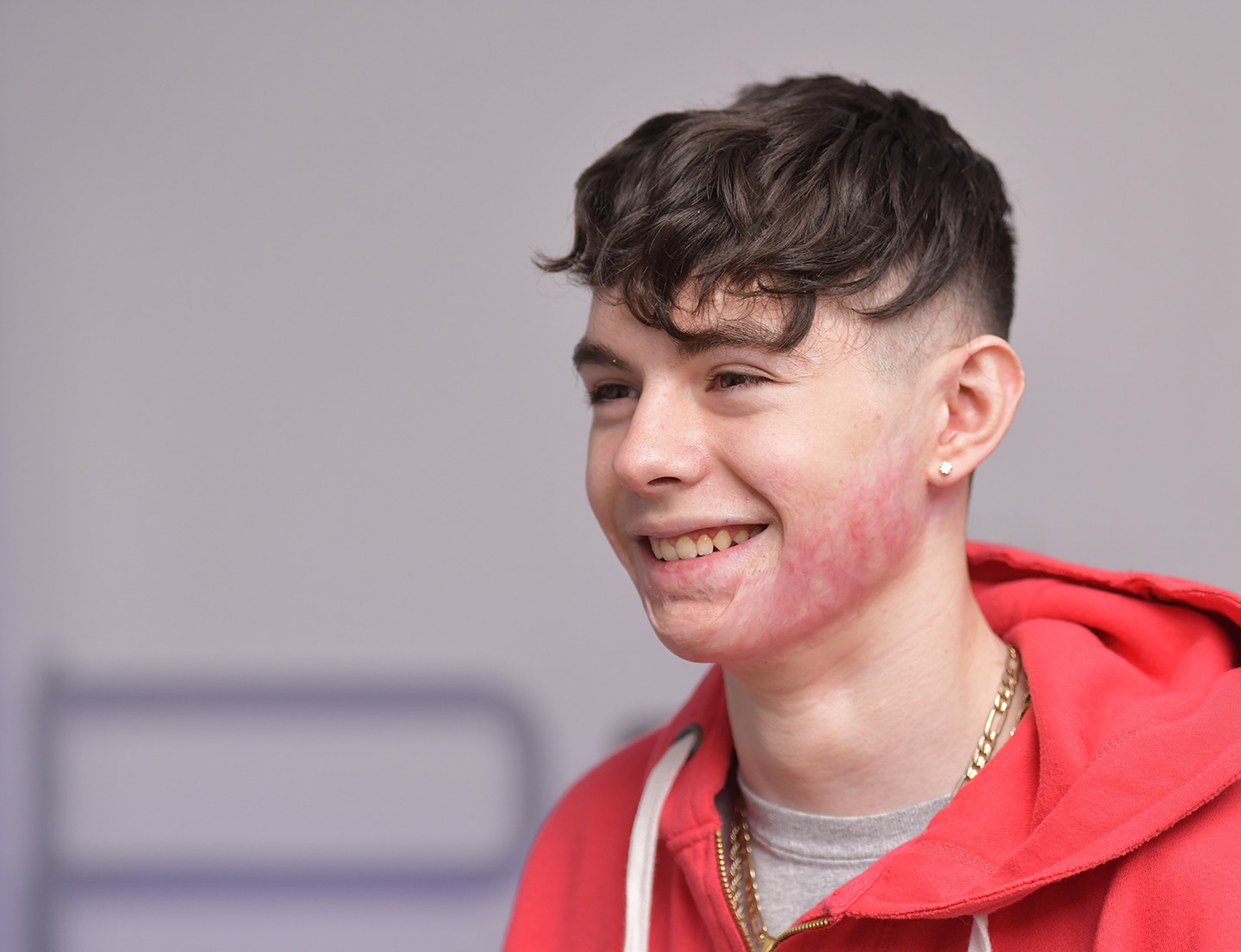Wound Care and Skin Disorders
Many children have moles or marks on their skin, and they all get bumps and bruises during play, but some wound and skin conditions, such as a large birthmark, or wounds that won’t heal, need specialized medical care.
Shriners Children’s wound care teams and experienced plastic surgeons use surgical and nonsurgical techniques to correct skin differences and support the self-esteem of each child, to help them reach their dreams and goals. Because Shriners Children’s provides all care and services regardless of a family’s ability to pay or insurance status, physicians and families are able to consider every appropriate treatment option available, including inpatient medical admission for wound care, to bring hope and healing to a child.
We are medical leaders in pediatric burn care. This expertise can be very useful in treating a variety of difficult wounds and skin disorders not caused by burn injury. But we also specialize in caring for birthmarks such as vascular malformations, and skin infections and injuries. We also have a team of specialists to treat and help prevent pressure injuries (pressure ulcers) that can occur when children use wheelchairs, prosthetic devices or casts.
Specific treatments and services may vary by location. Please contact a specific location for more information.
We have the multidisciplinary teams to optimally treat wounds.










